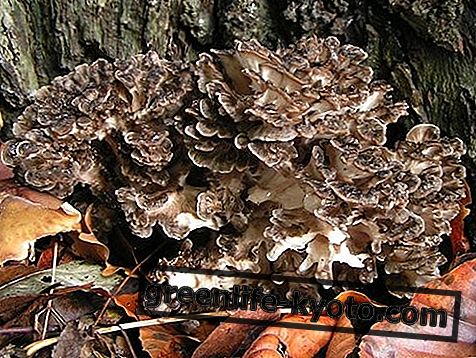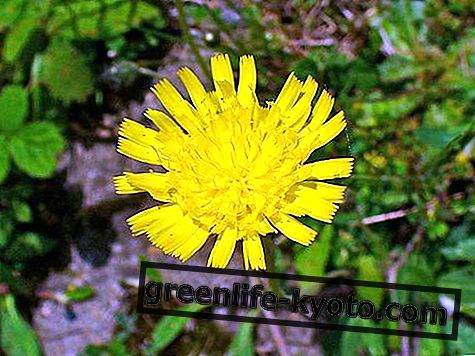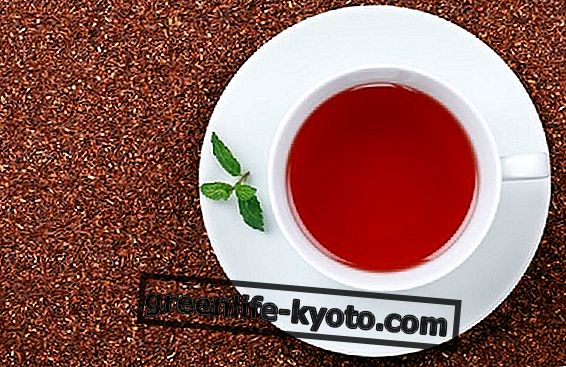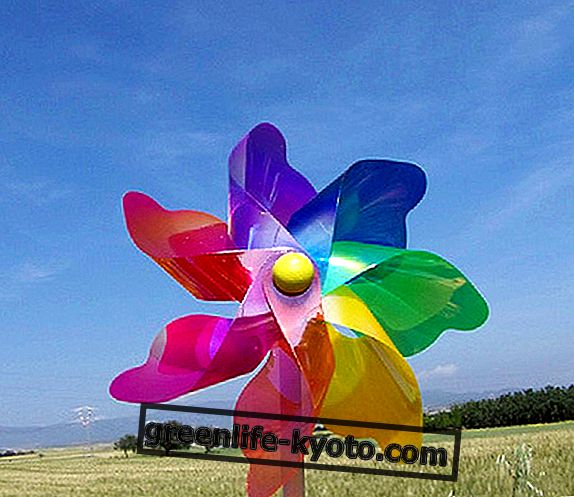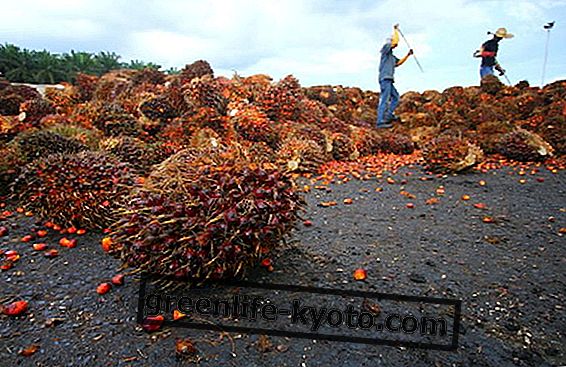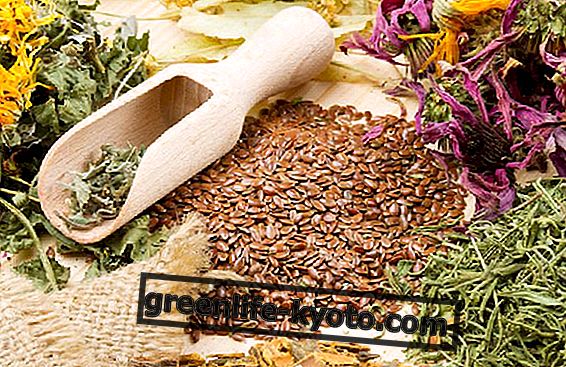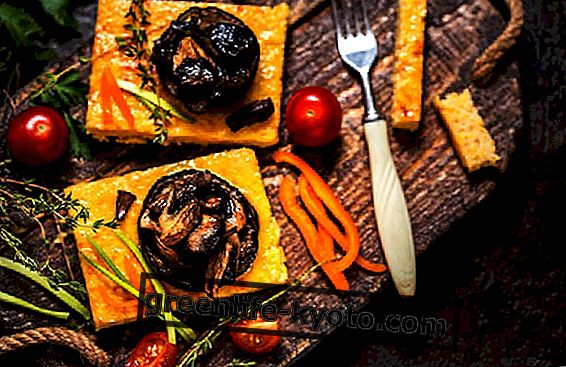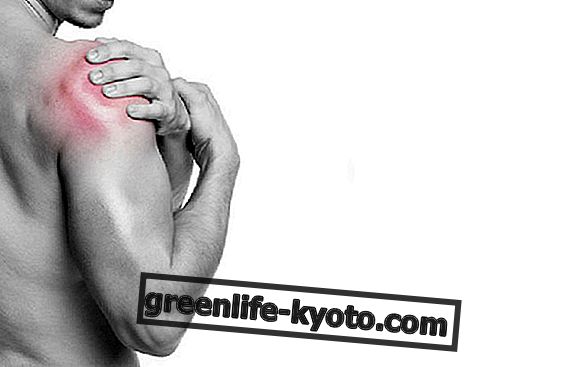
Do you know what causes pain during a sore throat? Do you know what exactly develops acute inflammation such as otitis?
First of all, we provide a definition of inflammation : "Inflammation, or inflammation, is an innate non-specific defense mechanism, which constitutes a protective response, following the harmful action of physical, chemical and biological agents, whose ultimate goal is the elimination of the initial cause of cellular or tissue damage. "
The causes and symptoms of inflammation
The causes go, in fact, divided into:
- physical agents, or traumas or heats;
- toxic agents ;
- biological agents, namely viruses, bacteria, microbes, etc;
- chemical agents, such as acids.
The main symptoms of an inflammatory process are:
- the increase in local temperature caused by a corresponding increase in vascularization;
- the swelling caused by the formation of the exudate, or the liquid that is formed during the formation of an inflammation;
- the soreness caused by the strong stimulation of the nervous tissue;
- the redness caused by the increase in the amount of blood inside a vessel;
- functional impairment of the affected area.
Inflammations have always manifested themselves in various areas of the body causing cell alteration. The defense process that our body puts in place to eliminate it, following the action of an external agent, unfortunately is not always sufficient to solve the cause of the disorder because the tissues can be inhibited by noxious stimuli causing pain, burning, general malaise and more specific symptoms depending on the area where the damage is located.
An inflammatory process may evolve differently:
- complete healing : the exudate is reabsorbed and our body is able to destroy the phlogogenic agents;
- the chronic nature of inflammation: which manifests itself when the body is able to calm inflammation but not completely destroy it;
- necrosis : which occurs in the case of cellular destruction with consequent death of the tissues involved.
How to intervene with the Moringa oleifera
The pharmacological remedy for inflammation can be traced back to two main categories of medicines: asa ( acetylsalicylic acid ) and fans ( non-steroidal anti-inflammatory drugs ) which, by nature, intervene with anti-inflammatory properties.
Today, however, the studies carried out on Moringa oleifera demonstrate the anti-inflammatory effect of the plant.
It is important to underline that these results support the use of the plant as an effective treatment for various pathologies. Our goal was to verify that thanks to the substances contained in the seeds and leaves, the plant is able to inhibit the inflammation that causes tissue damage in different organs, carrying out an anti-inflammatory action that allows repairing the lesion suffered, favoring its processes quickly of healing. This anti-inflammatory power is based on the presence of quercitin and caffeilchinico acid, valid for counteracting inflammations often at the base of very serious diseases.
Obviously, the plant 's high anti-inflammatory power can be exploited to maintain the balance of psycho-physical well-being. An irritated bowel, an overly stressed muscle or a mild trauma that causes pain, fall within the large family of inflammations, therefore, the Moringa oleifera has the ability to intervene by restoring the wellness temporarily lost.

